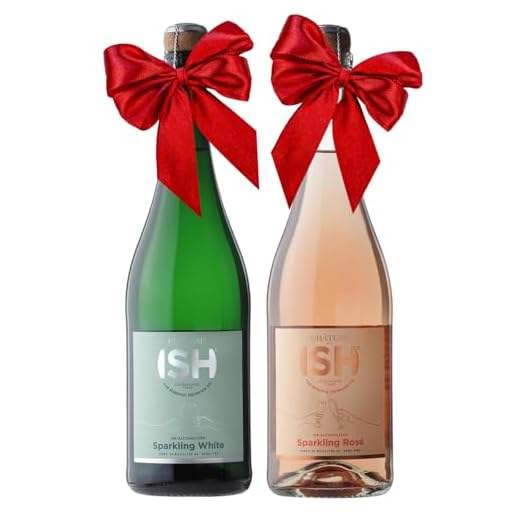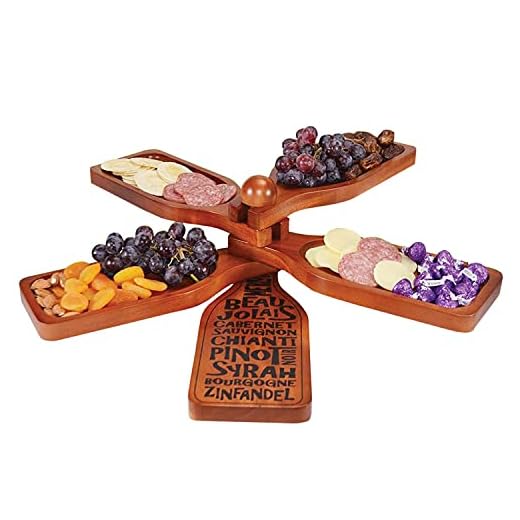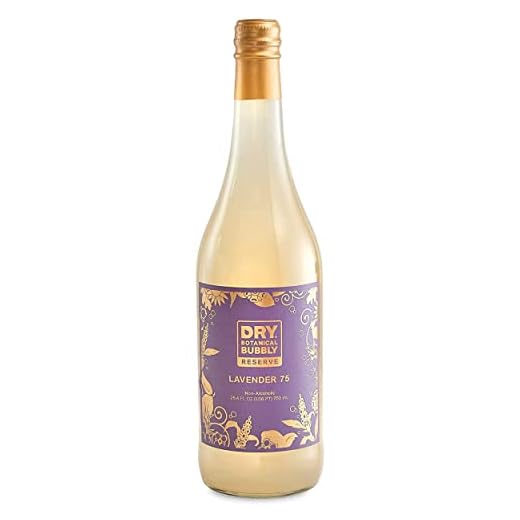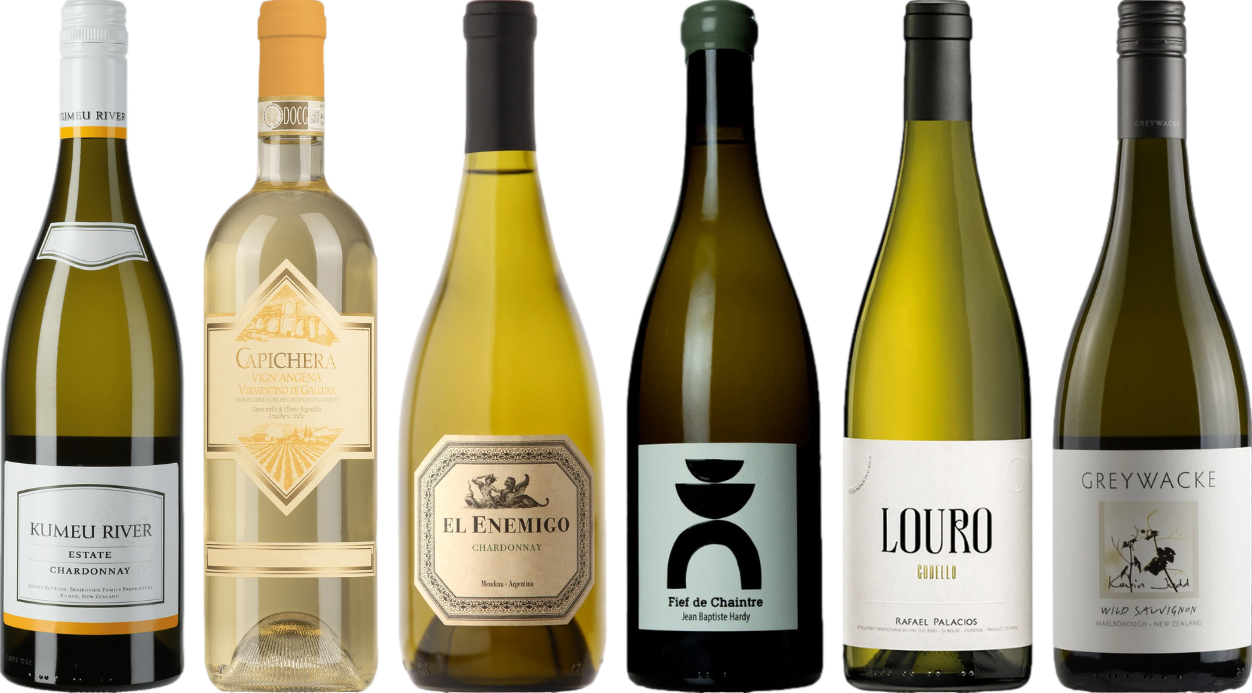



The lighter option typically contains around 120 calories per 5-ounce serving, while its counterpart averages about 125 calories for the same portion. If you’re seeking a lower-calorie drink, the first choice may be more appealing. However, the differences are minimal, and personal preference should guide your selection.
In general, the sugar content plays a crucial role in the overall caloric count. The sweeter varieties of both can significantly increase their caloric content. For those mindful of their intake, opting for dry samples from either category will yield a more moderate choice.
Understanding the nuances of these beverages can enhance your enjoyment without compromising your dietary goals. When considering your next pour, keep in mind the importance of balance between flavor and caloric intake. Choosing wisely can lead to a satisfying experience that aligns with your personal health objectives.
Caloric Comparison: Dark vs. Light Varietals
Opt for lighter varietals when aiming to reduce your intake. Typically, lighter options contain approximately 120 to 130 units of energy per five-ounce serving, while their darker counterparts can range from 125 to 150 units in the same amount. The discrepancy arises from the fermentation process and residual sugars present in different grape types.
Focusing on specific brands and styles can refine your choices. For instance, a dry Pinot Grigio usually presents a lower energy count, whereas a bold Cabernet Sauvignon may elevate the total. Understanding the labels and selecting varietals with lower residual sugars can further assist in making informed decisions.
Consider serving sizes as well; moderation plays a crucial role. Enjoying smaller pours allows for better control over intake, regardless of your choice. Pairing options also matter; lighter meals complement lighter drinks better, enhancing the overall experience without excessive energy consumption.
In social settings, explore sparkling options, which often provide a refreshing alternative with a lower energy footprint. Keep an eye on sparkling wines labeled as “Brut” or “Extra Brut,” as they tend to have reduced sugar levels.
Lastly, be aware of trends in the market. Natural and organic offerings frequently emphasize lower sugar content, providing a potential pathway to enjoy without sacrificing values. Always read labels, and don’t hesitate to inquire at your local shop for recommendations on lower-energy options.
Caloric Content Comparison of Red and White Wine
To make an informed choice, consider that a typical serving of a certain type contains approximately 125-130 kcal, while the other generally has about 120-125 kcal. The differences are marginal, but they can influence your overall intake if consumed regularly.
Here are some specifics to guide your selection:
- Light varieties of each type often contain fewer kilojoules, around 90-100 kcal per serving.
- Sweet options tend to be higher in energy, sometimes reaching 150 kcal or more per serving.
- Alcohol content also plays a role; higher alcohol levels typically mean increased energy content.
When pairing with meals, consider the following:
- Light-bodied selections complement lighter dishes, enhancing flavors without adding excessive energy.
- Full-bodied options fit rich meals, offering balance but also requiring awareness of their higher energy levels.
Ultimately, your choice should align with personal dietary goals and preferences. Whether opting for one or the other, moderation is key in enjoying these delightful beverages.
Factors Influencing Caloric Count in Wines
Alcohol content significantly impacts energy values. Higher alcohol concentrations generally lead to increased energy content, as alcohol itself contributes approximately 7 calories per gram. For instance, a fortified variant may have more than a standard varietal, affecting overall intake.
Residual sugars also play a crucial role. Wines with higher sugar levels, such as dessert styles, contain more energy compared to drier options. Understanding the sugar content helps in making informed choices about what to enjoy.
The grape variety selected affects the final product. Certain grapes naturally possess higher sugar levels, which translates to increased energy in the final bottle. Knowledge of varietals can guide selections based on personal dietary preferences.
Winemaking techniques impact energy content as well. Methods like oak aging can introduce additional flavors without significantly altering sugar levels, while malolactic fermentation may change acidity and perceived sweetness, influencing overall energy perception.
Serving size is another aspect to consider. A standard pour can vary across different types, and being mindful of portion sizes can help manage energy intake effectively.
Understanding these factors can guide choices, ensuring enjoyment without compromising dietary goals. For maintenance of equipment related to wine enjoyment, you might find it useful to learn how to clean the Karcher pressure washer attachments.
How Serving Size Affects Caloric Intake in Wines
When enjoying fermented grape beverages, the portion served plays a significant role in determining the total energy consumed. A standard serving size of 5 ounces is common, but variations exist that can drastically alter the overall nutritional impact.
It’s crucial to measure the volume accurately. A larger pour, such as 8 or 10 ounces, can increase energy intake by 50% or more compared to a standard serving. This discrepancy is particularly important when considering social settings where generous servings may be the norm.
Here’s a quick reference table illustrating the energy content based on different serving sizes:
| Serving Size (oz) | Approximate Energy Content (kcal) |
|---|---|
| 5 | 120 |
| 6 | 145 |
| 8 | 185 |
| 10 | 220 |
In addition to volume, the type of beverage also influences the energy count. Typically, beverages with higher alcohol content may lead to greater energy intake. For example, fortified varieties tend to deliver more energy per ounce. Hence, being mindful of both the type and amount consumed is essential for maintaining a balanced intake.
In social or dining settings, I recommend measuring servings carefully, especially if you’re monitoring energy consumption. Utilizing smaller glasses can help control portions and, consequently, the total energy consumed. Prioritizing moderation not only enhances the tasting experience but also supports overall wellness.
Impact of Sweetness on Wine Calorie Levels
Sweetness directly influences the energy content of beverages. The higher the residual sugar in a bottle, the greater the energy density. For example, a glass of a dry variety typically contains around 120 calories, while a sweeter option can reach upwards of 150 calories or more per serving. This difference is crucial for those monitoring their intake.
Understanding Residual Sugar
Residual sugar refers to the natural sugars left after fermentation. In sweeter varieties, fermentation is stopped before all sugars convert to alcohol, maintaining a sugary profile. This not only enhances flavor but also increases the energy content. Labels often indicate the sweetness level, allowing for informed choices based on dietary needs.
Balancing Sweetness and Calories
When selecting a bottle, consider the balance between sweetness and enjoyment. A sweeter option may satisfy cravings with smaller quantities, potentially offsetting the higher energy content. Experimenting with different styles can help find a satisfying choice that aligns with personal preferences while considering caloric impacts.
Health Implications of Caloric Differences in Wines
For individuals monitoring their dietary intake, understanding the energy density of various beverages can significantly influence choices. Lower energy drinks can facilitate weight management, while higher energy options may contribute to excess caloric consumption. Selecting options with reduced energy content can support healthier lifestyle choices without compromising enjoyment.
Research indicates that a standard serving of fermented grape beverages typically contains around 120-130 units of energy, with variations depending on the variety and production method. Choosing varieties with less residual sugar often results in lower energy levels. Individuals aiming for weight control should prioritize drier options, as these tend to have reduced sugar content and, consequently, lower energy values.
Long-term Health Considerations
Regular consumption of high-energy beverages can lead to increased body weight and associated health issues. Focusing on options with lower energy density not only aids in managing weight but also minimizes the risk of developing chronic conditions such as diabetes and cardiovascular diseases. Moderation remains key; integrating lighter options can still allow for enjoyment while fostering better health outcomes.
Social and Emotional Aspects
It’s essential to acknowledge that the enjoyment of fermented grape beverages often transcends mere consumption. Social interactions, cultural experiences, and personal celebrations frequently incorporate these drinks. Striking a balance between enjoyment and health is crucial. Educating oneself about energy content empowers individuals to make informed decisions, leading to more mindful consumption without sacrificing pleasure.
Recommendations for Low-Calorie Wine Choices
Opt for dry varieties, as they typically contain less sugar, resulting in lower energy content. Look for options labeled “dry” or “brut” for sparkling selections, which can help minimize intake.
- Choose wines with an alcohol content of around 12% or lower, as higher alcohol levels contribute to increased energy levels.
- Explore varietals such as Sauvignon Blanc and Pinot Grigio for lighter, lower-energy options in the white category. For reds, consider Pinot Noir or Gamay.
- Seek out organic or natural varieties; these wines often have minimal added sugars and sulfites, which can also influence energy content.
Pay attention to serving sizes. A standard pour is 5 ounces, but a smaller pour can significantly reduce your overall energy intake.
For those who enjoy sweetness, opt for off-dry selections rather than dessert types, which can be loaded with sugar and thus higher in energy.
When dining, pair your selection with food to balance flavors and possibly reduce the need for larger pours. Foods high in protein and fiber can also help manage cravings.
- Attend tastings to discover lower-energy options that suit your palate.
- Consider local wineries that may produce lower-sugar options tailored for health-conscious consumers.
Educating yourself about the labels and understanding ingredients can help make informed choices that align with your dietary goals.










